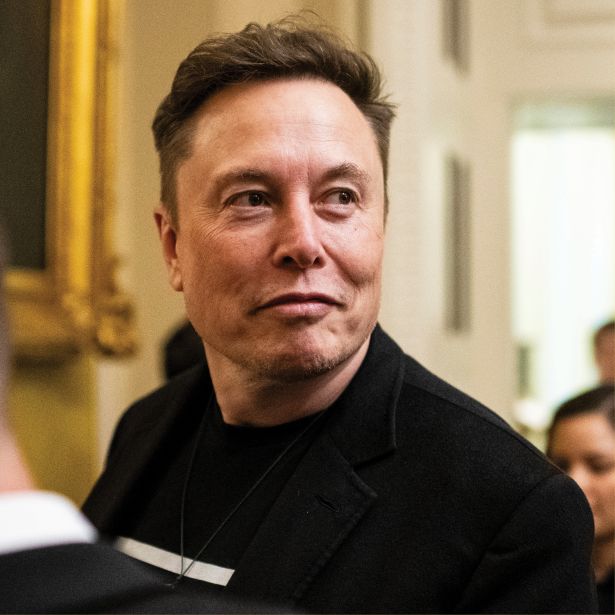
Elon Musk
Head at Doge

And you thought the novel coronavirus was disruptive to commercial real estate.
In January, President Donald Trump empowered his biggest campaign contributor, Elon Musk, to head a quasi- governmental agency called the Department of Government Efficiency (DOGE). Musk — the oft-described world’s richest person whose stable of companies includes Tesla, SpaceX, Neuralink and X — threw himself into the role with gusto.
The goings-on within DOGE are opaque, so hard numbers are difficult. Let’s start with the turnover. Based on media reports, Musk’s social media posts and official announcements, DOGE has fired or laid off between 200,000 and 290,000 federal workers.
That by itself would be enough to impact federal usage of office space and other real estate. It’s when you add DOGE’s efforts to shed the actual space that things really start to hurt (or help, depending on your views).
Within two months of Trump’s Jan. 20 inauguration, the quasi- department claimed to have voided 657 leases representing nearly 8 million square feet nationwide. The majority of the cuts have naturally hit the Washington, D.C., region. But locations as diffuse as Oklahoma City, Boston and Montgomery, Ala., have felt the effects — which include, but are not limited to, jumps in vacancies, hits to how much landlords can charge in rent, reduced foot traffic for restaurants and other surrounding businesses, the valuations of buildings and their owners’ abilities to refinance, and a decline in the tax bases of locales from sea to shining sea.
These numbers could climb, too. DOGE’s job cuts still trail the more than 460,000 that the Clinton administration culled in the 1990s. And, while DOGE touts $160 billion in savings (and counting) from its various moves, critics, including ex-officials, doubt these figures’ accuracy. They’re also far short of the up to $2 trillion that Musk promised. (The Clinton years saved $140 billion.)
But the final tallies might not matter for our purposes. What’s done is done. Trump in late April signed an executive order directing the federal government to site future offices in lower-cost areas away from central business districts. That move alone fundamentally alters the relationship between commercial real estate and the federal government, its biggest tenant.
The first obvious alteration? That the federal government might not be CRE’s biggest tenant much longer. Which is really why Musk makes this list — and so high to boot.








